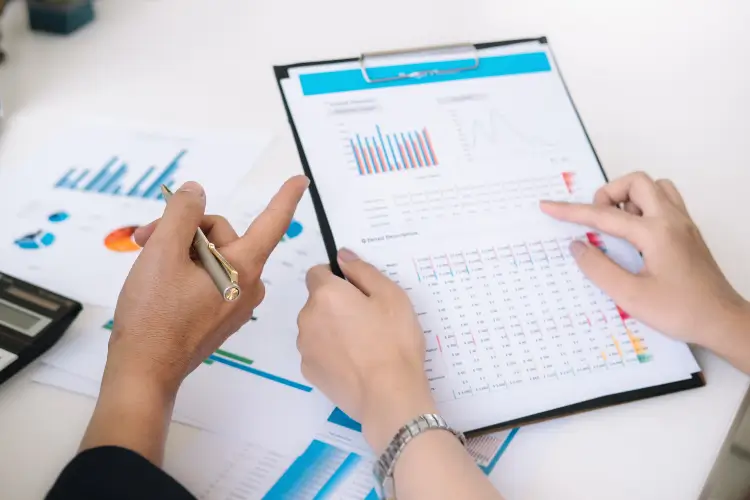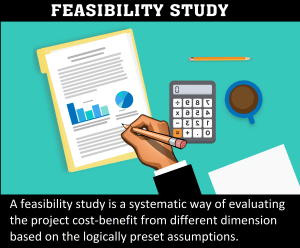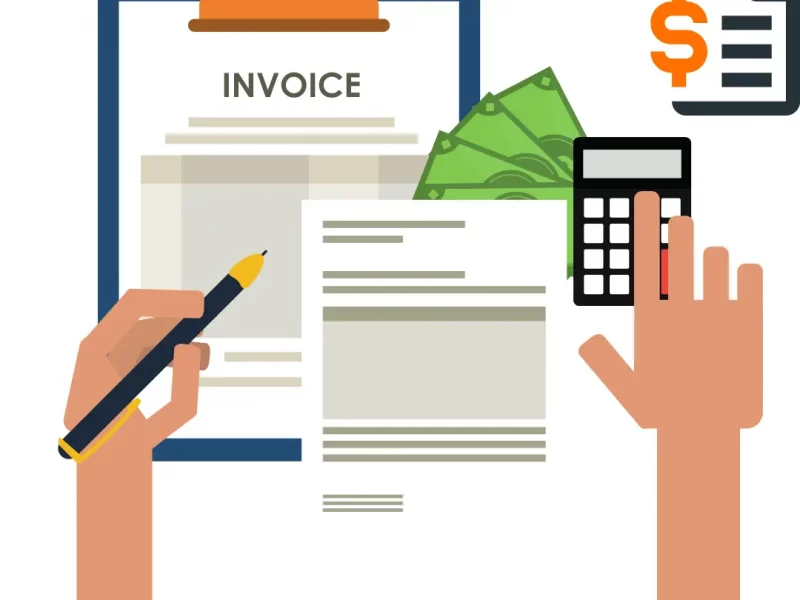The double top pattern — feared by some, and often misunderstood — still carries weight in 2025. Despite algorithmic advancements and AI-led predictions, this simple formation continues to expose overvalued assets, caution irrational confidence, and, most importantly, offer insights for smarter business-to-finance decisions.
Why Patterns Still Matter In A Tech-Driven 2025
This isn’t just about lines on a chart. It’s about the way human behavior repeats itself — how emotions drive decisions, and how technology might help us catch it in the act. So let’s dive into what the double top pattern really tells us, how AI and technology are making it easier to detect, and why ignoring it might be a costly mistake in today’s economy.
What Is A Double Top Pattern?
At its core, a double top is a bearish reversal pattern. Picture this: a stock, or any tradable asset, climbs in value, peaks, pulls back slightly, then climbs again — but fails to surpass the first high. This second failure often hints that the upward momentum is exhausted. Prices then fall below the “neckline,” signaling the potential beginning of a downward trend.
It’s called a double top for a reason: two peaks, roughly equal in height, separated by a valley. Think of it as the market attempting to climb a hill twice but running out of breath on the second try.
And here’s the emotional story behind it — optimism on the first rise, skepticism on the pullback, a last push driven by hope, and then reality sets in. Traders get spooked. Investors exit. Smart businesses take note.
How Technology And AI Make Pattern Recognition Smarter In 2025
In the past, spotting a double top meant staring at charts for hours, analyzing candlesticks, and second-guessing your gut. In 2025, the process looks a little different.
AI models trained on millions of historical price movements now detect patterns in real time. They flag a potential double top not just because it “looks like one,” but because they’ve seen what usually happens next. These systems consider volume changes, volatility levels, sector movement, and even social sentiment indicators.
What used to be a reactive decision can now become proactive.
And for businesses — especially CFOs, financial analysts, and tech-driven hedge funds — this means fewer blind spots. You don’t have to be a technical analyst to see risk forming. The tools do that heavy lifting now.
Why The Double Top Still Matters In Business Finance
You might wonder — isn’t the double top just for traders and day-to-day speculators? Why should business decision-makers care?
Because every investment, every expansion, every forecast hinges on one basic principle: timing.
In 2025, many businesses are making aggressive moves based on AI-fueled optimism, tech sector performance, and bullish economic projections. But the double top acts like a speed bump. It reminds us that no climb is permanent, no trend invincible.
A SaaS company, for instance, might see a meteoric rise in share value, pushing executives to overextend. But if a double top forms in its chart — and is confirmed by declining user growth and flattening revenue — then scaling back might be the smart move.
Smart finance leaders don’t ignore technical indicators anymore. They pair them with fundamentals. That’s how the game is played in 2025.
My First Encounter With A Double Top — And What It Taught Me
Back in 2018, I wasn’t paying much attention to technical patterns. I had my eyes glued to earnings reports and press releases. Then came a mid-cap tech stock I believed in. Great leadership. Solid quarterly growth. I bought in, watched it rise, and felt like I made the right call.
Then it dipped. No big deal, I thought. Market volatility. But then it rose again — hit almost the exact same high — and stalled. Volume dried up. Analysts went quiet.
I ignored the warning signs.
Within weeks, the stock tanked — not because the business was failing, but because the market, fueled by platforms like Alchemy Markets, had already priced in its optimism. The double top wasn’t just a pattern on a screen. It was the emotional peak of market confidence.
I’ve never traded or invested the same way since. And now, in 2025, with smarter tools, AI-backed insights, and the foundational knowledge I gained from an Elliott Wave course, I use the double top as one of many signals in my decision-making arsenal.
How To Confirm A Double Top Pattern?
A double top isn’t valid until the neckline is broken. That’s the line drawn at the lowest point between the two peaks.
So how do you know it’s not just a pause in a continuing uptrend? Here’s how confirmation works in 2025:
AI Tools: AI platforms flag “potential” double tops, but also assign confidence scores based on additional data — including volume, sector correlation, and historical outcome probabilities.
Volume Analysis: The second peak usually forms with lower trading volume. This drop shows weakening buyer enthusiasm.
Neckline Break: Once price breaks below the neckline, especially with rising volume, that’s your confirmation. Smart systems even use predictive modeling to project downside risk after the break.
Conclusion: Don’t Ignore What’s Tried And True In A Year Of Innovation
In 2025, it’s easy to get swept up in new metrics, futuristic dashboards, and AI-powered narratives. But there’s a quiet wisdom in old patterns — especially ones like the double top.
They’ve stuck around for a reason.
So whether you’re a tech-savvy trader, a CFO watching quarterly trends, or a founder making high-stakes financial decisions, learning from the double top could be your smartest move this year.
It doesn’t predict the future — but it sure helps you prepare for it.



